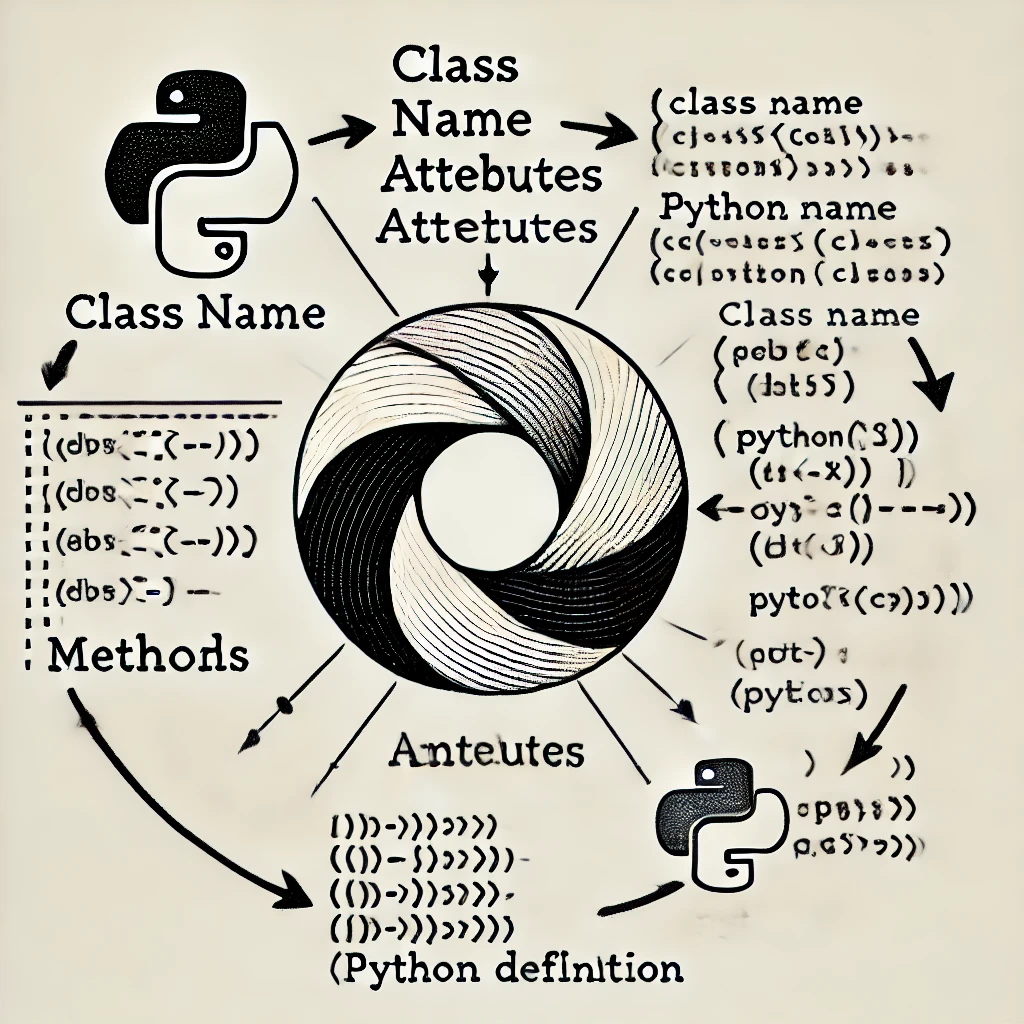Object-Oriented Programming with Python: Classes and Objects
Object-Oriented Programming (OOP) is a key paradigm in programming that helps to structure software in a way that is modular, reusable, and easy to maintain. If you’re looking to enhance your programming with Python, learning OOP concepts such as classes and objects is essential. In this article, we’ll explore what classes and objects are, and how you can implement them in Python with practical examples.
Join the conversation! Subscribe to OptimistDev Herald for our take. Click Here
What is Object-Oriented Programming (OOP)?
OOP is a programming paradigm centered around the concept of objects. These objects represent real-world entities, encapsulating data (attributes) and behaviors (methods). OOP emphasizes the following core principles:
- Encapsulation: Bundling of data and methods that operate on the data into a single unit or class.
- Inheritance: A mechanism where one class can inherit attributes and methods from another class.
- Polymorphism: The ability to redefine methods for different classes.
- Abstraction: Hiding complex implementation details and exposing only the necessary parts.
Now, let’s delve into classes and objects.
Classes in Python
A class is a blueprint for creating objects. It defines the structure and behavior that the objects created from the class will have. In Python, you define a class using the class keyword.
class Car:
def __init__(self, make, model, year):
self.make = make
self.model = model
self.year = year
def display_info(self):
return f"Car: {self.year} {self.make} {self.model}"- The
__init__method is a special method known as the constructor. It is called automatically when an object is instantiated from the class and is used to initialize the attributes of the object. - The
selfkeyword refers to the instance of the class. Every method within a class must haveselfas its first parameter.

Objects in Python
An object is an instance of a class. When you create an object from a class, the class’s constructor is called, and memory is allocated for that instance. Let’s create an object from the Car class.
my_car = Car("Toyota", "Corolla", 2021)
print(my_car.display_info())In the above code, my_car is an object of the Car class. We are passing values for the make, model, and year attributes and then calling the display_info method to display the car’s details.
Output:
Car: 2021 Toyota CorollaWorking with Multiple Objects
You can create multiple objects from the same class, each with its own unique data.
car1 = Car("Honda", "Civic", 2020)
car2 = Car("Ford", "Mustang", 2022)
print(car1.display_info())
print(car2.display_info())Output:
Car: 2020 Honda Civic
Car: 2022 Ford MustangEach object, car1 and car2, contains different data but uses the same methods defined in the Car class.
Methods in Classes
A class can contain various methods that define the behavior of its objects. These methods can interact with the object’s attributes or perform specific tasks.
Let’s add a method to start the car:
class Car:
def __init__(self, make, model, year):
self.make = make
self.model = model
self.year = year
self.is_running = False
def start_car(self):
self.is_running = True
return f"The {self.year} {self.make} {self.model} has started."
my_car = Car("Toyota", "Corolla", 2021)
print(my_car.start_car())Output:
The 2021 Toyota Corolla has started.In this example, the start_car method changes the value of the is_running attribute and returns a message.
Inheritance in Python
Inheritance allows one class (child class) to inherit the attributes and methods of another class (parent class). This helps in code reuse and hierarchical class structures.
class ElectricCar(Car):
def __init__(self, make, model, year, battery_size):
super().__init__(make, model, year)
self.battery_size = battery_size
def describe_battery(self):
return f"The {self.year} {self.make} {self.model} has a {self.battery_size}-kWh battery."Here, the ElectricCar class inherits the attributes and methods of the Car class but also has its own attribute battery_size and a method describe_battery().
my_electric_car = ElectricCar("Tesla", "Model S", 2022, 100)
print(my_electric_car.describe_battery())Output:
The 2022 Tesla Model S has a 100-kWh battery.Polymorphism in Python
Polymorphism allows different classes to implement methods that are called in the same way. This means that the same method can behave differently based on the object that is calling it.
class Dog:
def speak(self):
return "Woof!"
class Cat:
def speak(self):
return "Meow!"
def animal_sound(animal):
print(animal.speak())
dog = Dog()
cat = Cat()
animal_sound(dog) # Output: Woof!
animal_sound(cat) # Output: Meow!Here, both the Dog and Cat classes implement a speak method, but each returns a different output. The function animal_sound demonstrates polymorphism by calling the speak method on different objects without knowing their types.
Conclusion
Object-Oriented Programming (OOP) with Python allows you to design software that is organized, modular, and easy to maintain. The concepts of classes, objects, inheritance, and polymorphism are fundamental to effective programming with Python. With this foundation, you can tackle more complex software development tasks and apply OOP principles to solve real-world problems more efficiently.
Seeking a Website Developer for your business. We’re here to seamlessly transition your business into the digital world with tailored expertise. Elevate your online presence with us



